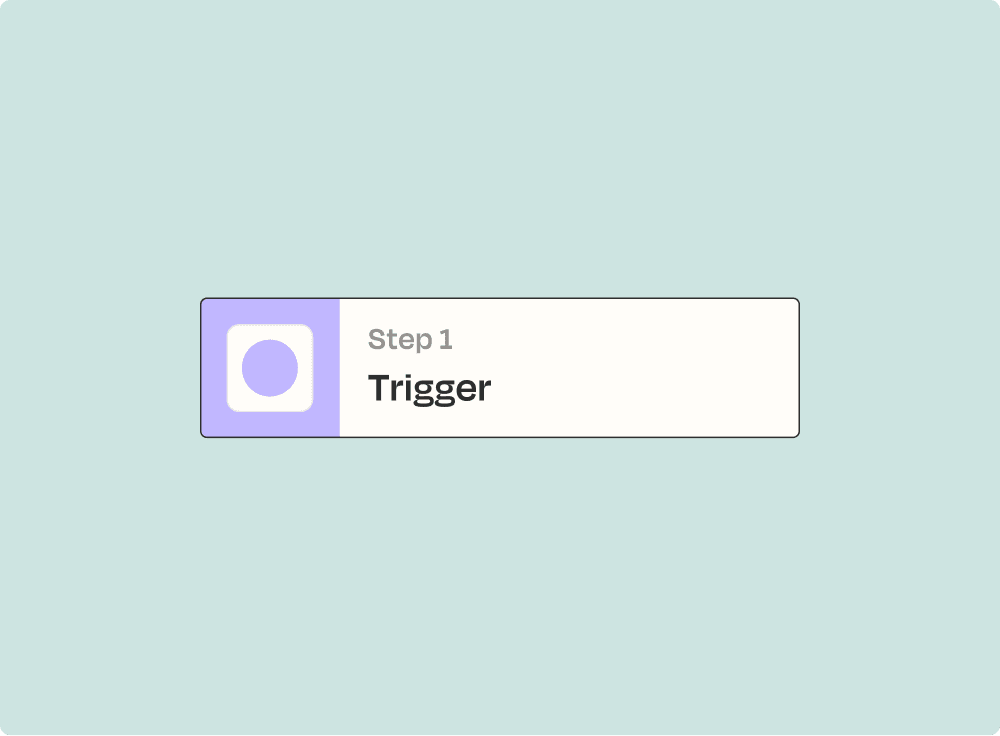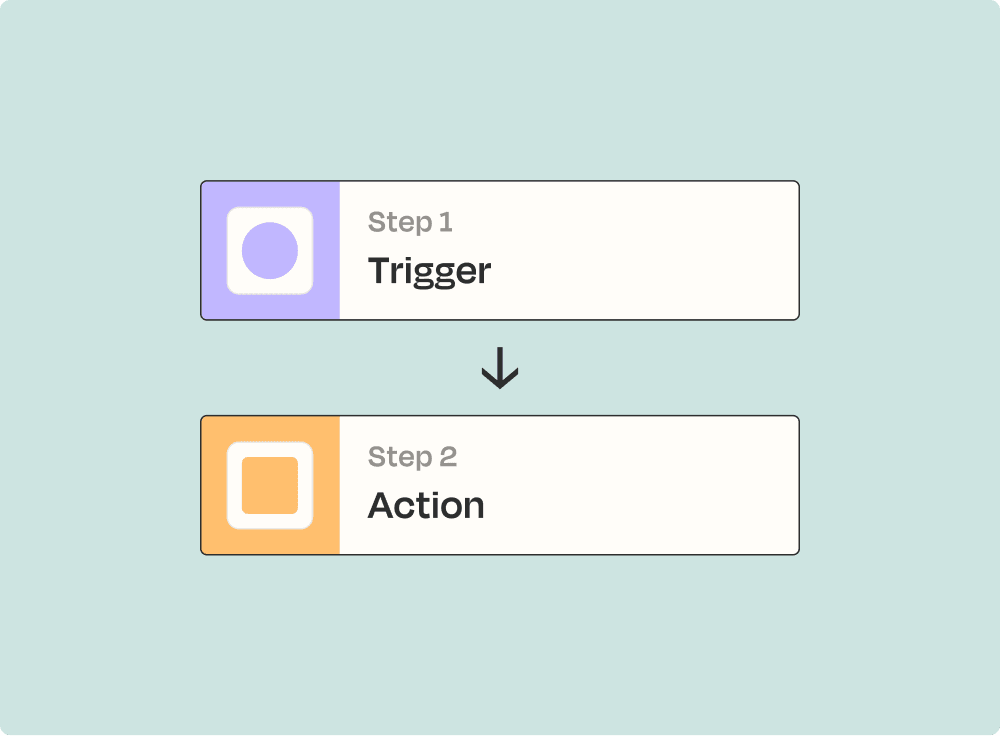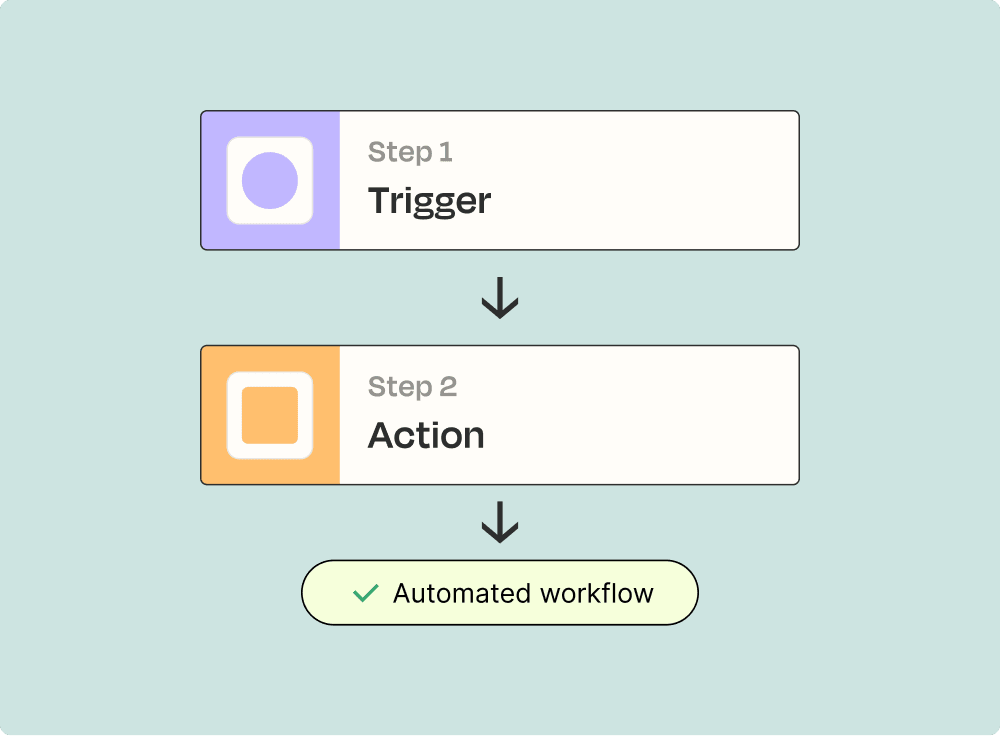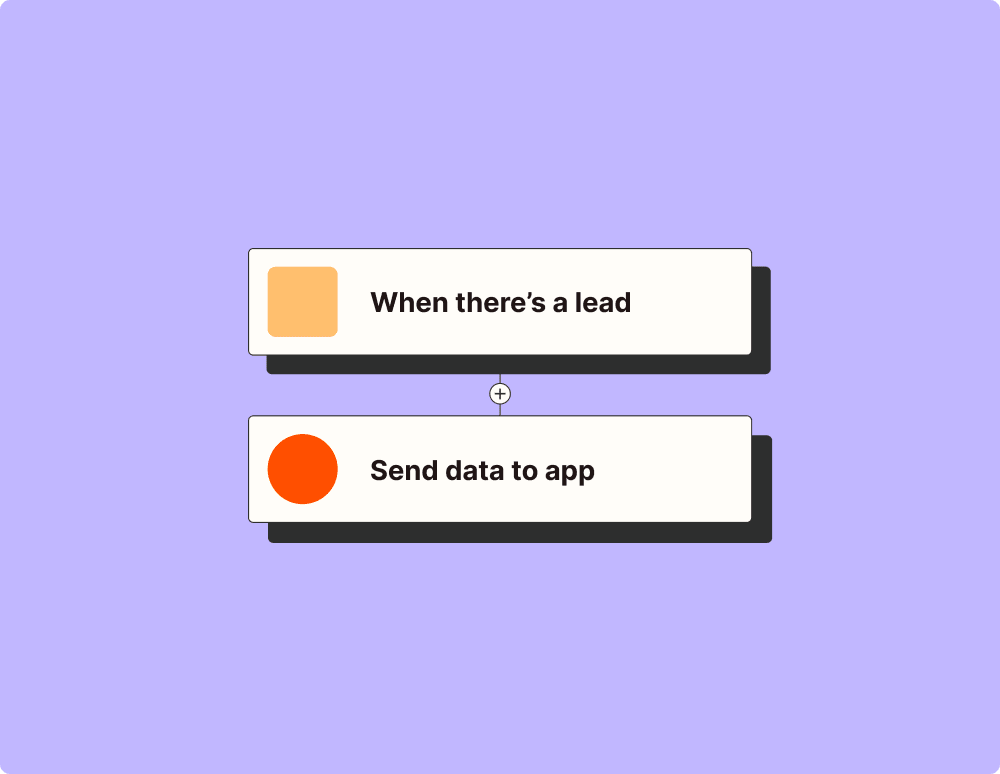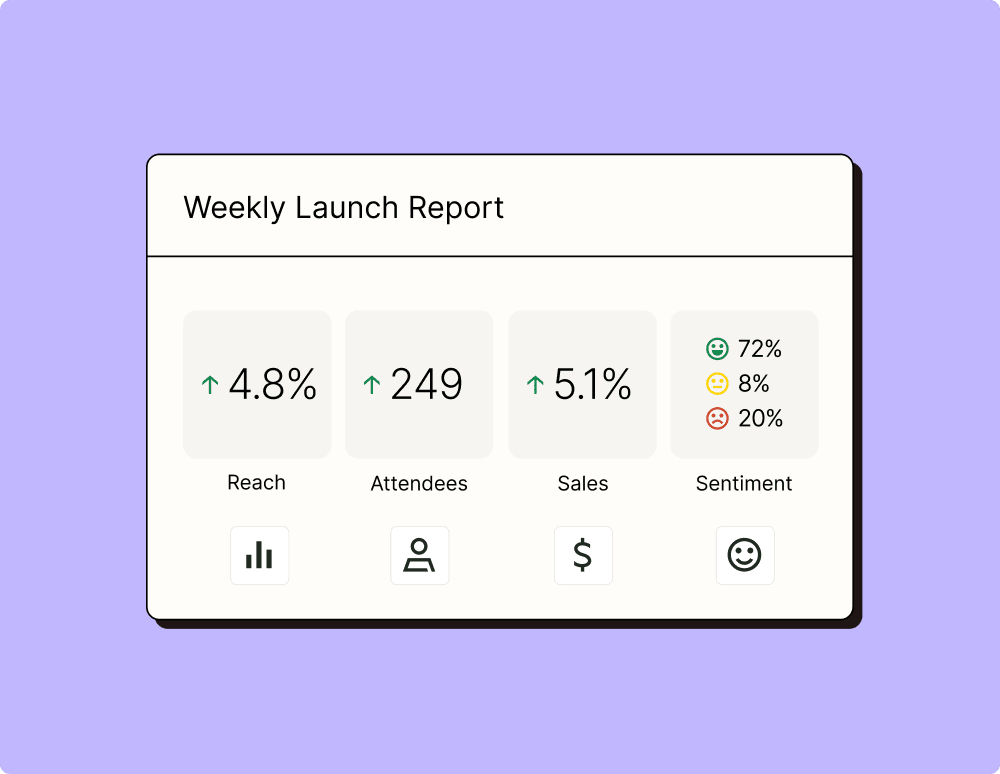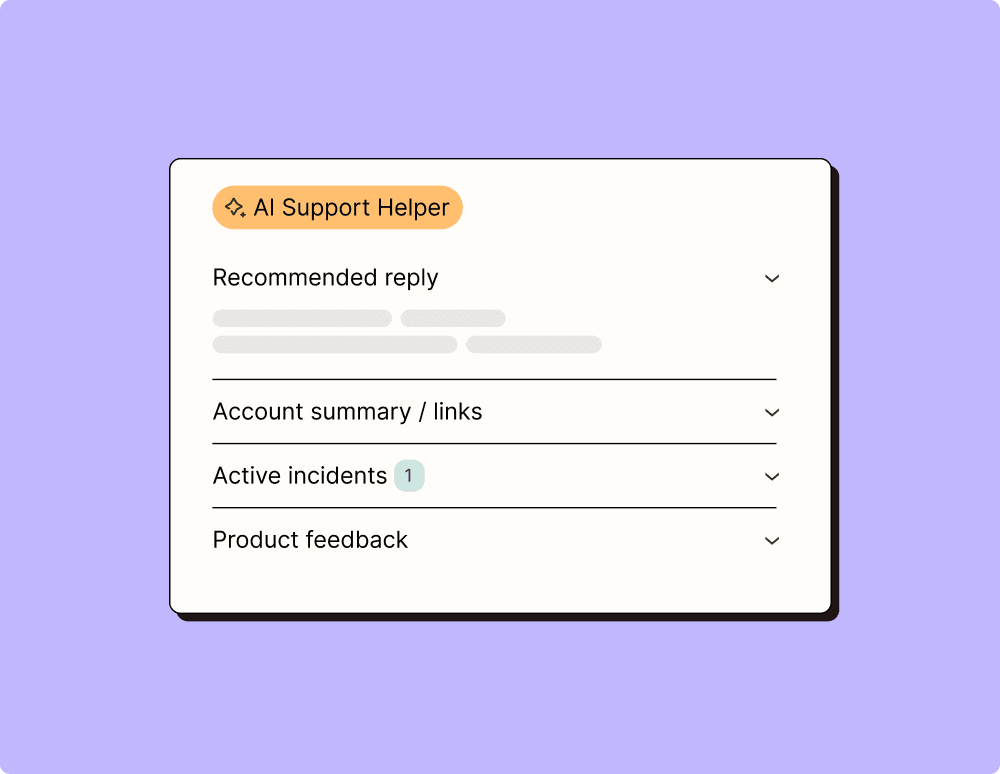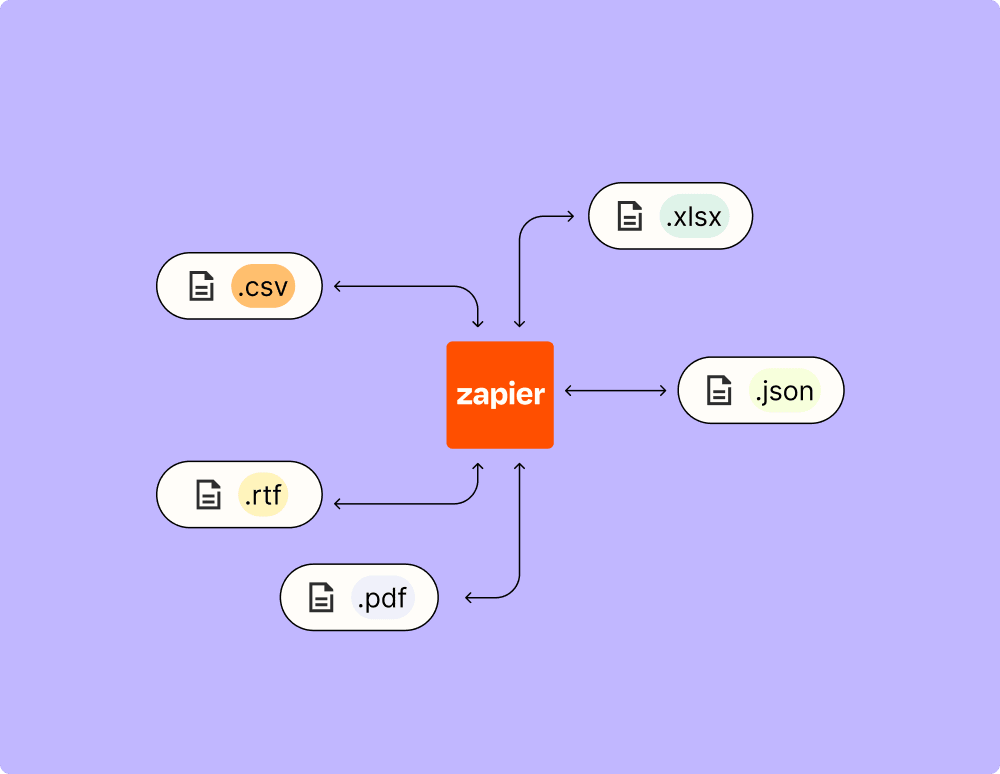Connect TOPdesk and Azure DevOps to unlock the power of automation
- No credit card required
- Free forever for core features
- 14-day trial for premium features and apps
Choose a Trigger
Choose an Action
Set up your first integration
Quickly connect TOPdesk to Azure DevOps with a Zapier template.
Our most popular template

How Zapier works
Zapier makes it easy to integrate TOPdesk with Azure DevOps - no code necessary. See how you can get setup in minutes.
Zapier is the automation platform of choice for 87% of Forbes Cloud 100 companies in 2023
93%
Customers who say using Zapier has made them better at their job
25m
Customers have created over 25 million Zaps on the platform
6 mins
The average user takes less than 6 minutes to set up a Zap
Supported triggers and actions
Zapier helps you create workflows that connect your apps to automate repetitive tasks. A trigger is an event that starts a workflow, and an action is an event a Zap performs.
- Trigger ConditionRequired
- Status (First or second line)Required
- Category
- Subcategory
- Operator Group
- Supplier
Try It- Trigger ConditionRequired
- External Number Filled Condition
- Status (First or second line)Required
- Entry type
- Call type
- Category
- Subcategory
- Impact
- Urgency
- Priority
- Operator Group
- Supplier
- Status (Processing Status)
Try It- Trigger ConditionRequired
- External Number Filled Condition
- Status (First or second line)Required
- Entry type
- Call type
- Category
- Subcategory
- Impact
- Urgency
- Priority
- Operator Group
- Supplier
- Status (Processing Status)
Try It- Incident NumberRequired
- Brief description
- Action
- Set action invisible for caller
- External Number
- Category
- Subcategory
- Impact
- Urgency
- Priority
- Target Date
- Operator Group
- Status (Processing Status)
- Closure code
- Feedback Rating
- Feedback Message
- Id
- Type
- Date
- Operator Group
Try It- Operator Group
Try It- Status (First or second line)Required
- Caller TypeRequired
- Brief description
- Request
- Action
- Set action invisible for caller
- Entry type
- Call type
- Category
- Subcategory
- External Number
- Impact
- Urgency
- Priority
- Operator Group
- Status (Processing Status)
- Closure code
- Supplier
- Feedback Rating
- Feedback Message
- Major Call
- Linked to Major Call
- Id
- Type
- Date
- Incident NumberRequired
- Invisible for caller
Related categories
Azure DevOps is where teams manage, develop, and deliver software in the cloud. Azure DevOps provides free, private Git project hosting for up to 5 users, project and test management tools, build and CI, and team collaboration. Connect using the development tools of your choice, including Visual Studio, Eclipse, Xcode, and more.
Related categories
